Energy Storage Systems
MDS is in the business of building Private AI Data Centers. We operate in South East Asia and Biomass is a key energy provider and solar energy an easy option to consider.
However, the Biomass plants do not operate 24 hours a day and Solar does not work when the sun is down.
If you want to reduce your reliance on National Power Providers you need to store your energy on site.
Let us help you make the most appropriate decision for your needs.

Energy Storage Systems
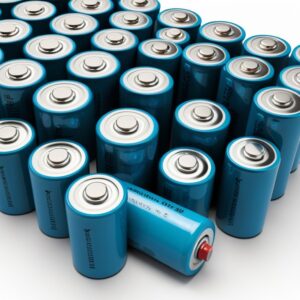
Lithium based storage systems
Lithium is rare and difficult to mine and gigantic lithium ponds are not eco friendly. It is the primary technology used in most batteries today. In todays world this is fast becoming a legacy technology.
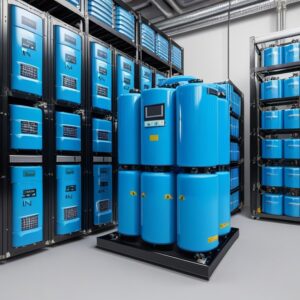
Lithium alternatives - Sodium Ion Batteries (SIBs)
Salt is relatively cheap and easy to extract. The working characteristics of Salt (Na) is very close to Lithium (Li) comprising of anodes, cathodes and separators so can be seen as a drop in solution. Na batteries are not as energy dense Li but is perfect for large storage systems. To improve the Na batteries doping is required on Ni-Mn layer. This is a promising technology and we are seeing the first Sodium Nickel Manganese (NMC) batteries now.
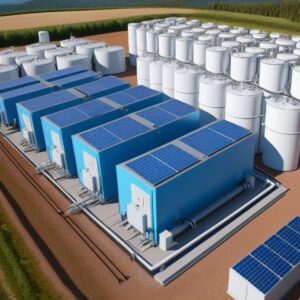
Thermal Energy Storage (TES)
The round trip efficiency (RTE) of a Thermal storage device can be upwards of 90%. One component of a TES can be sand or Si. There are current installations of "sand" batteries by Polar Night Energy that powers entire districts. There are other options such as Thermal Bricks that are heated to 1,500 C and can last up to 50 years. These bigger systems are perfect for Data Centers and one such system is from BrenMiller Energy.
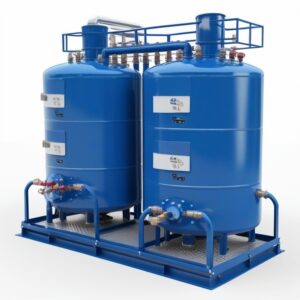
Flow Batteries
These batteries have two tanks filled with different liquids with one tank being the anode and the other as a cathode with a membrane. This creates an electrochemical reaction and stores energy in chemical bonds. Some batteries use Vanadium (V) and Zinc Bromine (ZnBr2) while the most promising use Liquid Iron Flow (LIF) where a Catholyte and Anolyte is used. There is also a chemical called Nitrilotri-methylphosphonic acid (NTMPA) that can store charged iron ions with an energy density of 9 Watt Hours per liter (Wh/L). The current Vanadium Flow batteries have a density of 25 Wh/l.
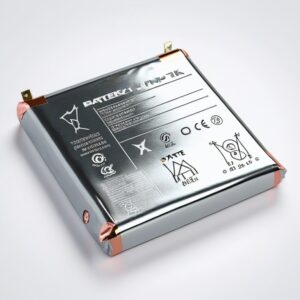
Solid State Batteries (SSBs)
These batteries charge quickly and have a good energy density without dendrite growth that is the main issue with Lithium batteries. The core of SSBs is currently Sulfides but is less energy dense than Lithium but does have a super dense promise.

Silicon Batteries - Silicone Anode Lithium-Ion
This technology is most promising with batteries from Amprius, OneD and Sila Nanotechnologies to name a few. Silicon stores lithium ions in an energy density of four lithium ions for one silicon ion for the anode making it far more efficient than graphite anodes. There are sever downsides that is being mitigated by using nanowires.
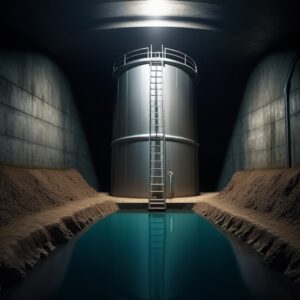
Compressed Air Energy Storage (CAES)
This technology is not what you think it would be. Think massive underground silos (caves) filled with water being displaced with compressed air while "charging" as potential energy and then returning the air with the displaced water as kinetic energy driving turbines. Almost a small scale hydro plant. One such technology is Hydrostor. CEAS is evolving and is one of the cheapest Long Duration Energy Storage (LDES) methods available. The Round Trip Efficiency (RTE) is also fairly good and getting better at between 65 and 70% but is diabatic meaning heat is a problem. RTE is Energy Output divided by Energy Input. This technology is seeing a revival with the 300 MW Hubei Yingcheng CAES plant and the 300 MW facility in Feicheng delivered by Zhongchu Guoneng Technology. There is also Corre.energy in the Netherlands working with Siemens. Then there is Advanced Adiabatic Compressed Air systems (AA-CAES) that overcomes the heat issue.